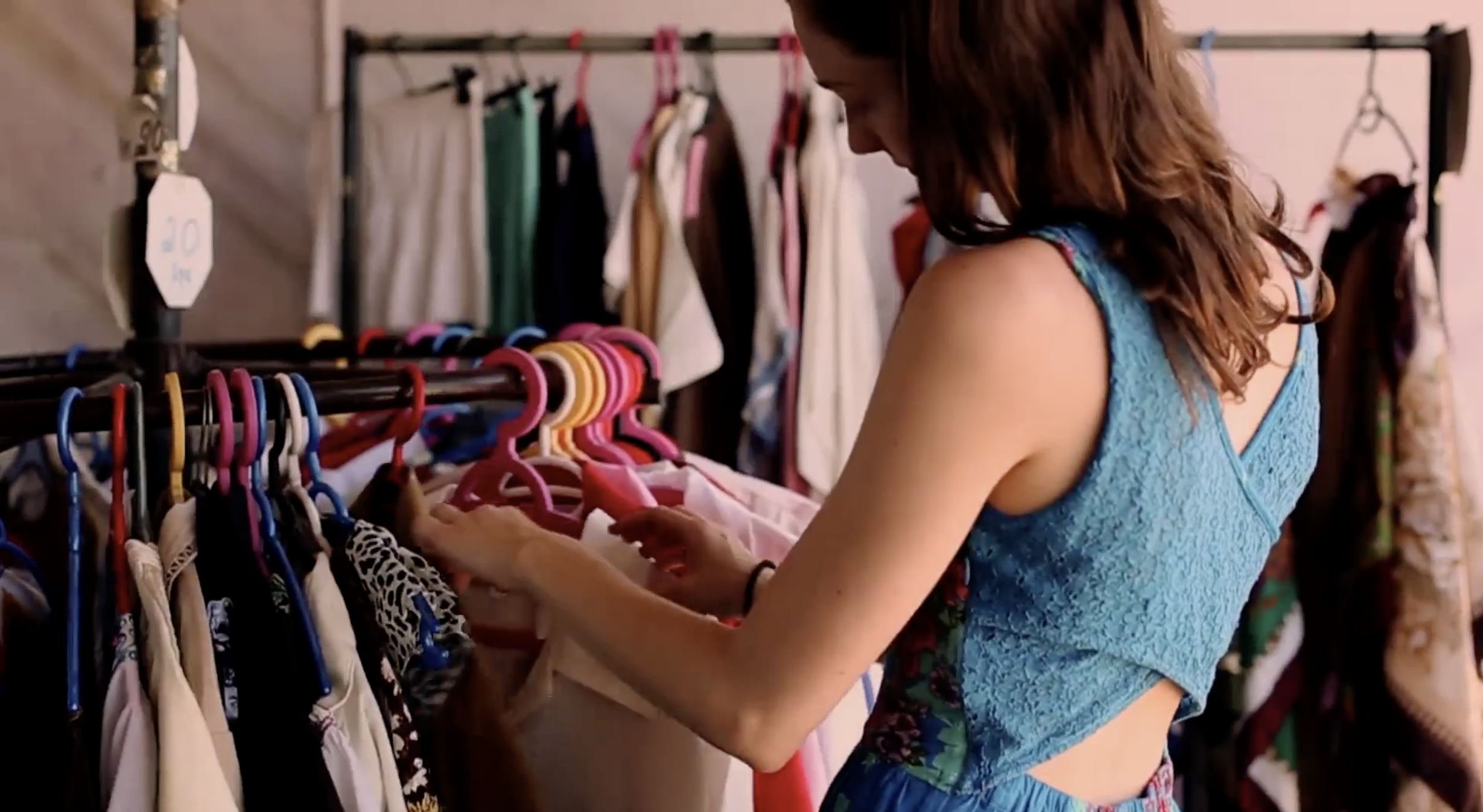7 ways to bring fashion stories to life with visual storytelling

The bright and colourful world of fashion is a visual storyteller’s paradise. Whether reporting from the edges of the runway, or sharing everyday style advice, fashion is a prime example of a subject that is best seen.
So how can you apply interactive storytelling techniques to make your next fashion story a richer, more engaging experience?
Here are 7 ideas to get you started, inspired by stories created with Shorthand.
1. Let the fashion do the talking
Visual storytelling is an ideal opportunity to put the fashion you want to share front and centre.
Put the words to one side for a moment, and consider how to fill your reader's screen with rich visuals including photos, illustrations, or video. For a fashion story, a visual narrative is the best way to grab a reader's attention.
See how Refinery29 combines electric graphics, creative animation, and a catalogue of shoppable Gucci products in 'We See You, Gucci' — with minimal text alongside.
Create your first story free with Shorthand.
Build stunning, interactive web content at scale — no code or web design skills required.
Get started.
2. Compare & contrast
Whether fading from outfit sketch to final look, or between before and after makeover shots, clever visual design can transform the comparison of two images into a rich, engaging experience.
Consider, for example, being able to document the development of a new design from on-paper concept to final product, or comparing two similar products by the scroll of a mouse.
See how The Telegraph uses the compare and contrast technique, taking a trip down memory lane to recount 'The Changing Face of Kate Moss'.
Looking for other examples of impressive visual storytelling? We've rounded up 10 stunning photo essays to inspire your next story.
3. Layer up
This is all about breaking down processes by adding extra detail layer by layer.
Consider how you could build up an outfit on screen by capturing a variety of images, each one with the addition of a new item. Or show the change-of-season styles as you move from the light fabrics of summer to the warm wools of winter.
You could even have a bit of fun with layers, and get creative with fashion-themed overlays. For inspiration, see how Refinery29 got playful with showcasing a single outfit from different angles, using images that reveal from one to the next in '3 Dress Looks You Can Wear All Spring'.
4. Let's shop!
Of course, when covering the fashion industry, readers might not want to just look at the products — they may also have purchasing in mind.
For publishers keen to innovate with native advertising, sponsored content or e-magazines, there is a powerful opportunity to work with brands to create engaging, media-rich narratives that encourage customers to buy.
See how Refinery29 and Rimmel created a story for makeup lovers, complete with built-in purchasing in 'Beauty On My Block'.
5. Get personal
One of the most compelling ways to engage readers is to make your story personal — whether that's highlighting individual people or appealing to a shared human experience.
Fashion is no stranger to trendsetters, trailblazers, and visionaries. A fashion story is an excellent opportunity to profile the people who are building — and breaking — the industry.
For an example, take a look at Refinery29's 'The Z List', a collection of interviews with 29 teens who are changing the way the fashion world thinks about gender, style, and diversity.
6. How-to guides
Most of us are visual learners, so video and photography often take a leading role in how-to guides and tutorials. Bringing them together as part of a well-structured, interactive narrative makes for a compelling and immersive format.
For inspiration, see Independent.ie's 'Extraordinary Beauty' story, which weaves together video tutorials, step-by-step photos and expert tips for a comprehensive guide to using products by a specific makeup brand.
Want to make your stories more engaging, but not sure how? Check out our guide to the best tools for creating interactive content.
7. Go behind the scenes
From the history of Fashion Week, to the making of a particular dress, interactive storytelling is a powerful way to invite your reader to dive deep into a product, event or brand story.